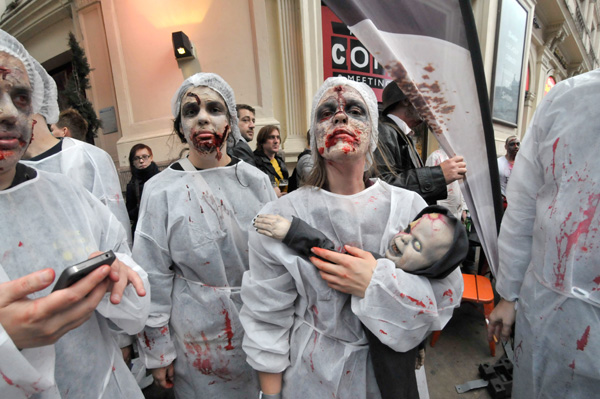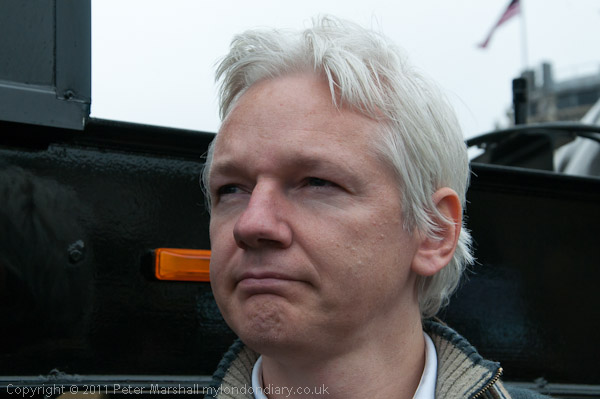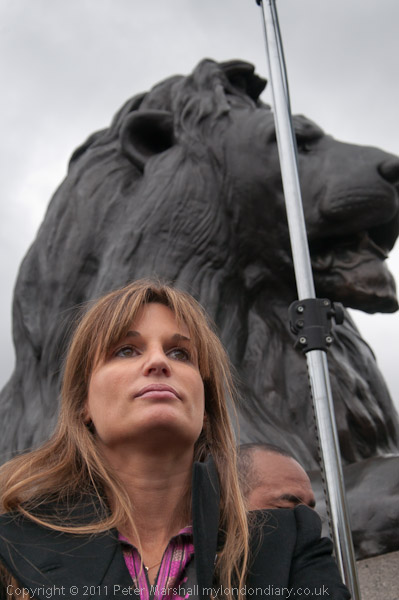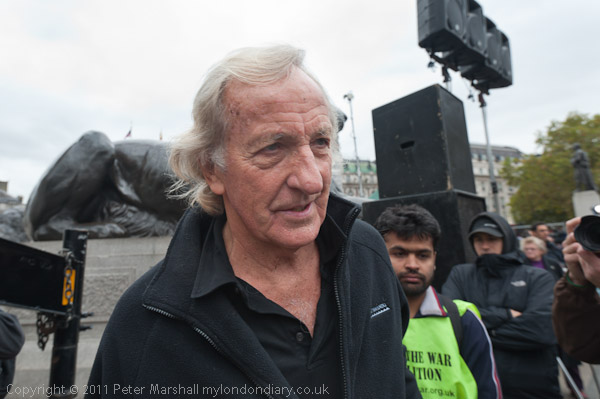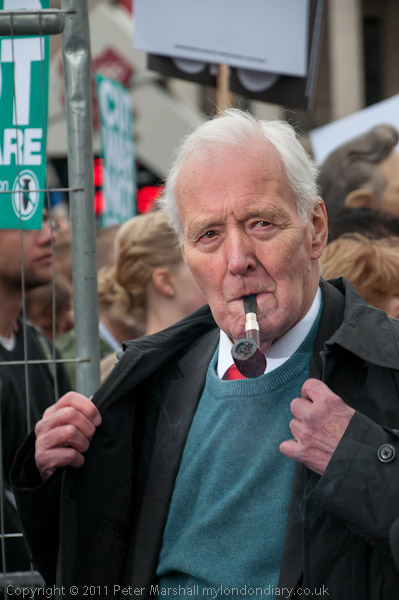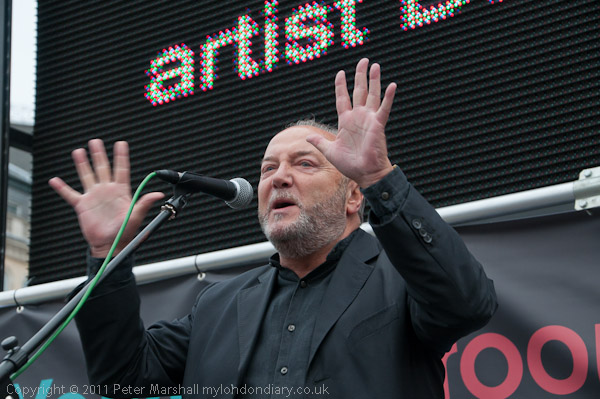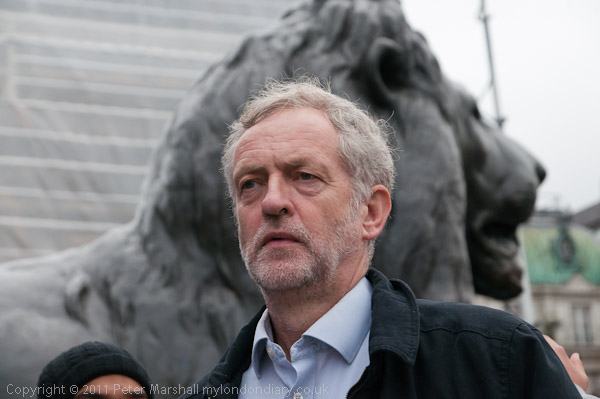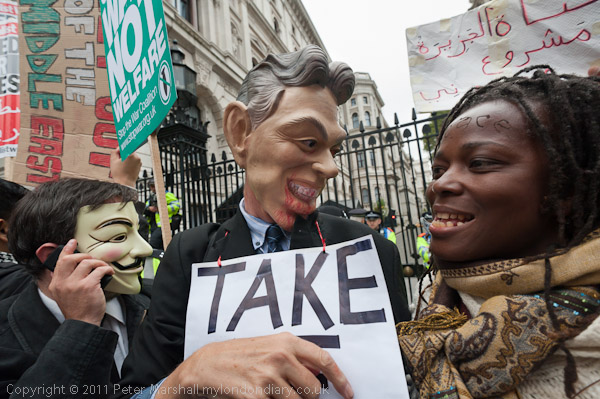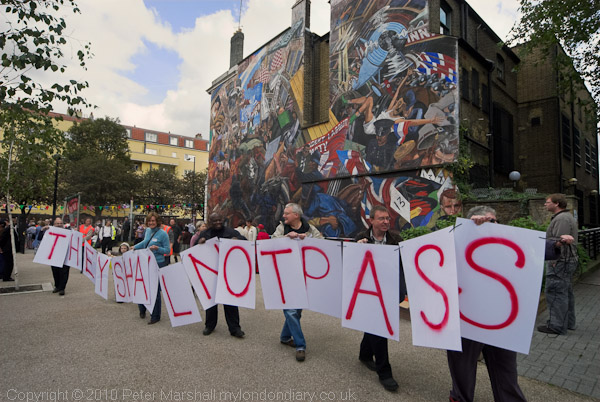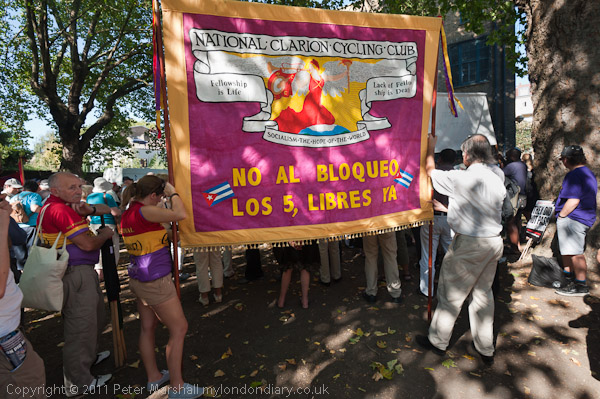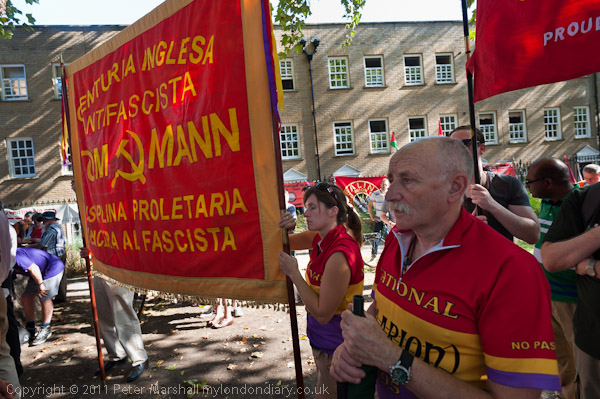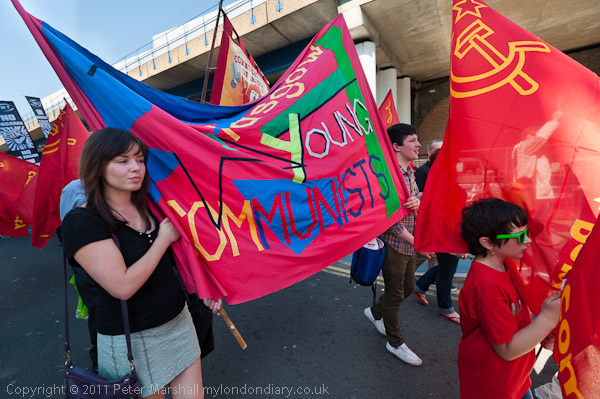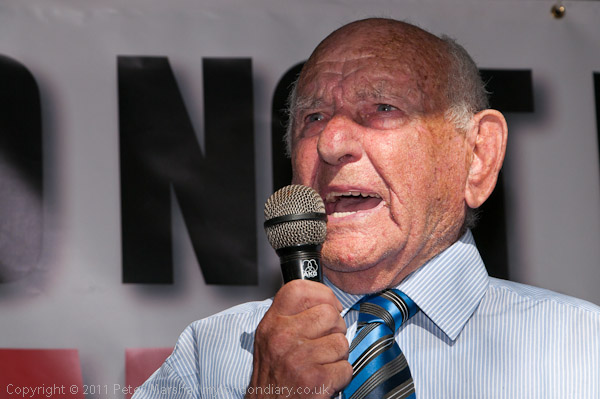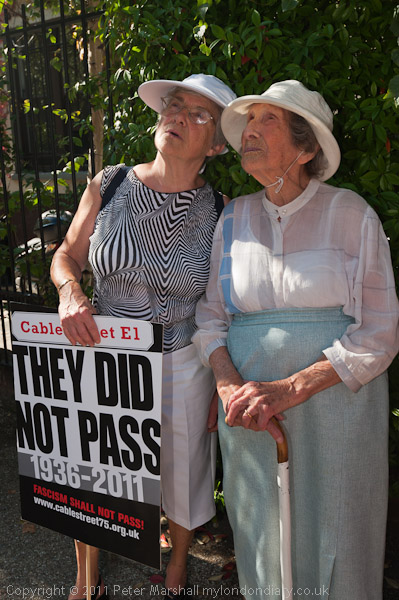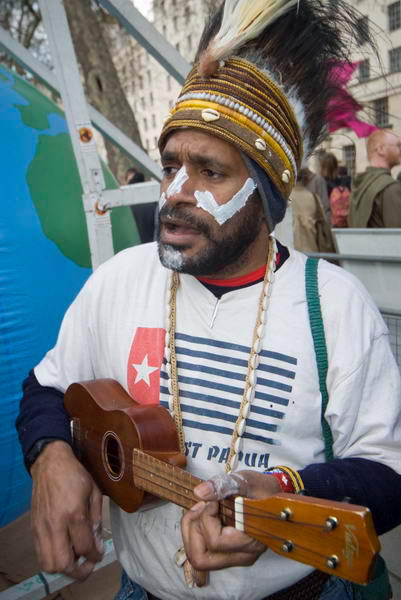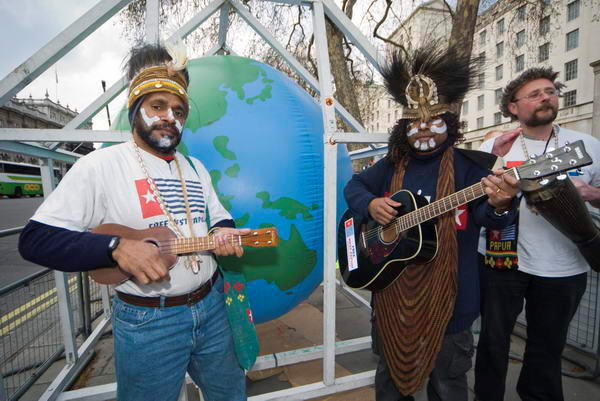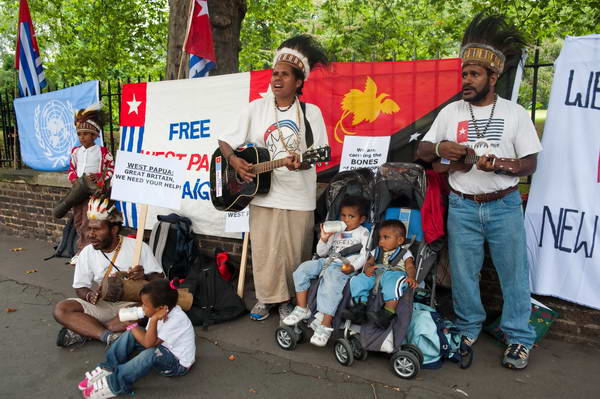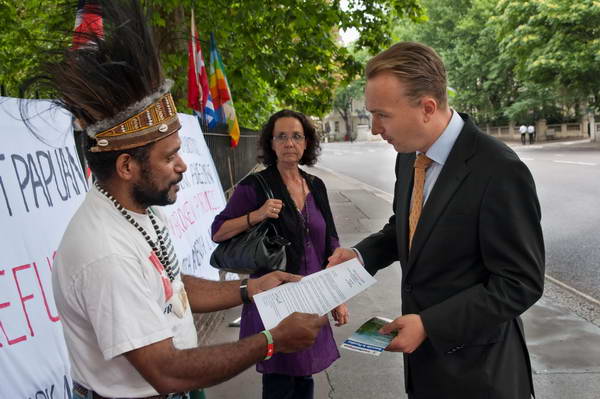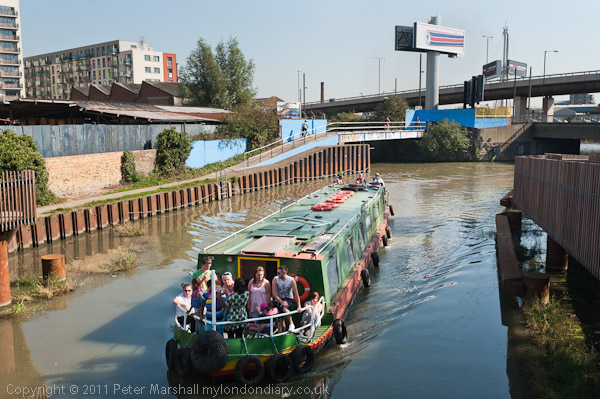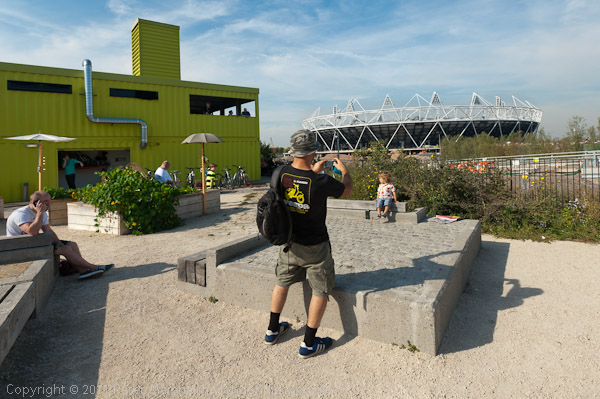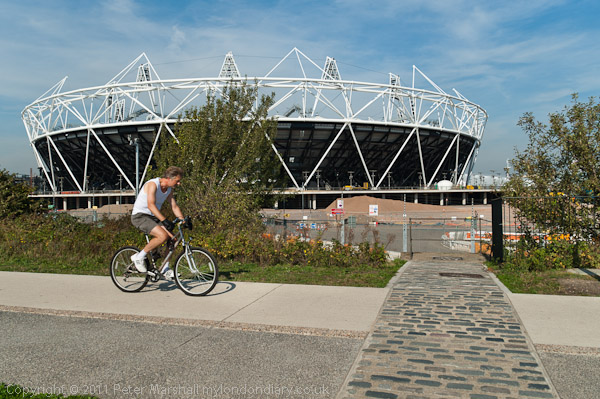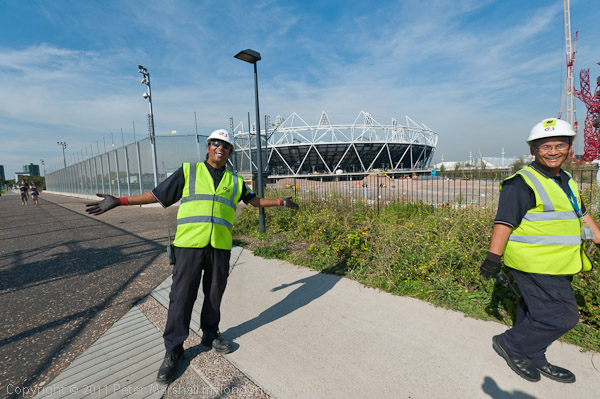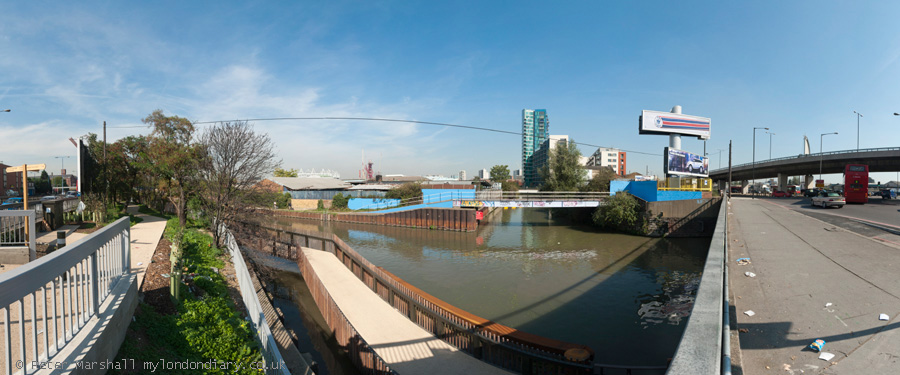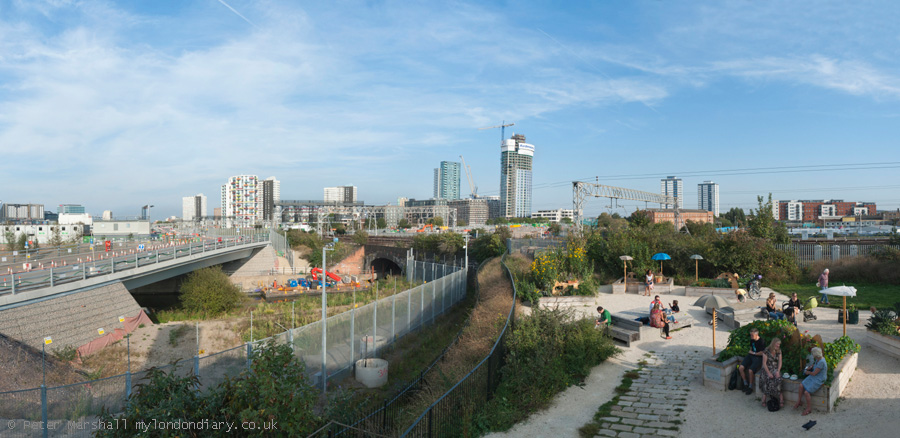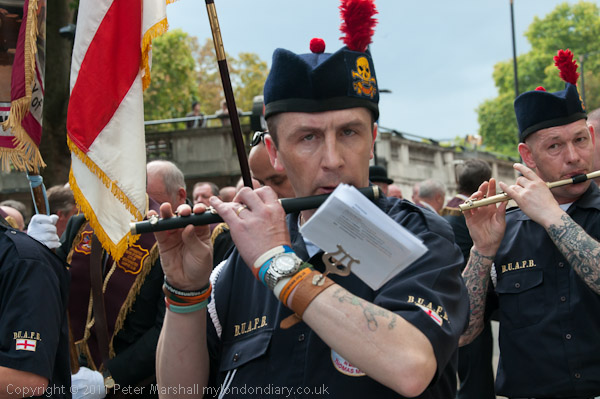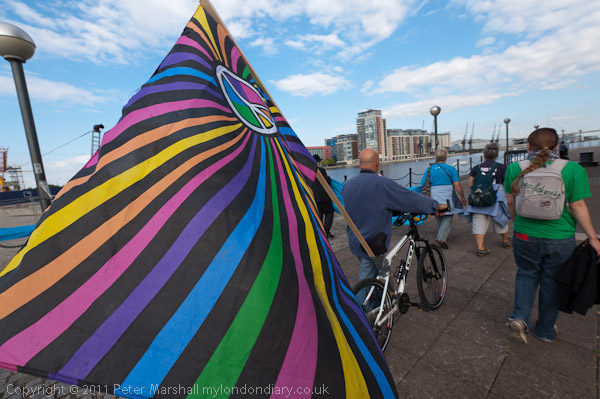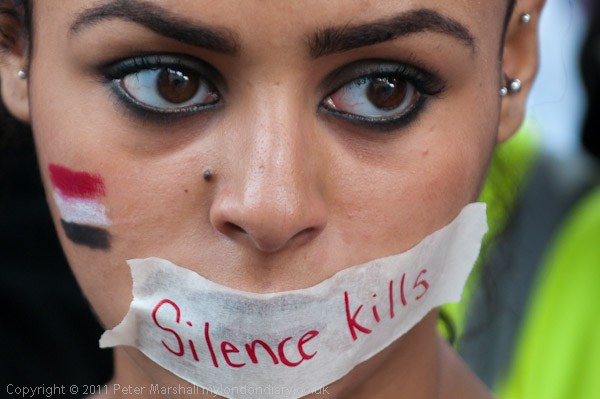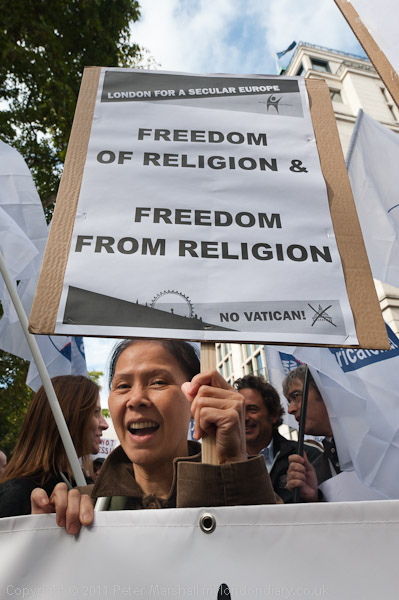The basic problem that the Leveson inquiry seems to be concentrating on in the last few days seems not to be about news and photography but about the non-news aspect of the media and its obsession with so-called celebrities. That photographers seem to be cast as the villains in this piece seems both unfair and also dangerous for our freedom to report the real news.
In my view it isn’t any part of the job of the press as such to report on the inconsequential activities of the various nonentities that occupy much of the tabloid space, along with the various scandal magazines. It is not what the freedom of the press is about, and the concept of a free press should not be used to defend it. Were it possible I’d personally be very happy to see legislation that put an end both to ‘celebrity culture’ and the reporting of it; both are I think aspects of enslavement rather than freedom.
Over the years we have seen an increasing trivialisation of ‘news’ with an increasing failure to report on the real issues in a cultural devaluation fuelled in particular by television. It’s a canker that has wormed its way deep into even the most respected of our media – so many of are angered that institutions such as the BBC and newspapers including the Guardian think that stories such as the recent trial of the doctor who let a singer take an overdose deserve to be headline news.
When the colour supplements first came out they often covered real stories; I read the reports by guys like Don McCullin from Biafra and elsewher and many other fine photographers and writers. Now, even from the most serious of newspapers there is seldom much serious journalism or photojournalism, and the magazines are stuffed with silly fashions at silly prices, recipes with 37 ingredients that nobody ever really cooks, reviews of restuarants that only people on bankers bonuses can eat at and all kinds of tat at ridiculous prices, trivia upon trivia upon trivia. Frankly the odd ‘celeb’ getting a bit annoyed at someone poking a lens in their face seems of little consequence when we have a whole culture that is disintegrating and it is just a relatively minor manifestation of this.
Of course the guys who hang around outside homes and pester people on the streets, the ‘paparazzi’, are seldom real photographers, and most of the pictures that they take prove the point. As images they are poorly composed, badly lit and tedious to the extreme, but still the newspapers and magazines fall over themselves to pay big money for them. And it can be really big money, with some photographers making more from a single picture than I make from a year’s work. Take away this financial incentive and there would be no problems.
Unfortunately it is very hard to see how it would be possible to frame laws that would restrict the undesirable activities of the paparazzi without restricting the freedom of the press and of photographers in particular.
The relationship between photographers and celebrities is of course more complex than the media reports of the Leveson hearings suggest – they are after all brought into being by the lens. But I can’t help thinking that Leveson would have been far more likely to reach sensible conclusions if it had concentrated far more on the problems of ‘ordinary’ members of the public who get caught up and trampled by the tabloid circus (some of whom have made the headlines by their testimony too) and much less on giving more publicity to the sometimes relatively minor moans of some celebrities.
There are a couple of things I’ve read about this which started me thinking about the problem. One is a lengthy piece by Edmond Terakopian, Im A Press Photographer & Very Proud Of It, who describes Leverson rather accurately as ‘turning into a witch-hunt against photographers‘ and the other an open letter by Christopher Pledger that he quotes in full in his piece. Pledger makes a very good point about the way that TV news disparages photographers in many reports for their intrusive nature, when many photographers would feel that the TV reporters making these reports are part of the same media operation and in my experience usually more intrusive than their still counterparts.
Another issue raised is that of press cards and of ‘fake’ press cards. Although we do have a nationally recognised scheme under the UK Press Card Authority that is recognised by the Association of Chief Police Officers (ACPO), that does not make those issued outside of this scheme ‘fakes’. The UK Press Card is however backed by a verification scheme and is only issued by a limited number of media organisations (the so-called ‘gatekeepers’) and so has a status that other cards do not. But journalism is changing and news and news media is a wider concept than when the Press Card scheme was established; many who are now increasingly contributing to the news media work through organisations that are not part of and don’t fit the recognised scheme.
